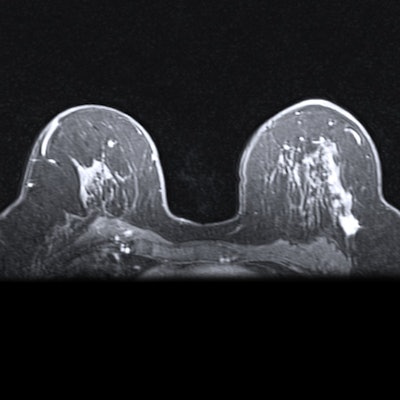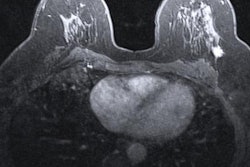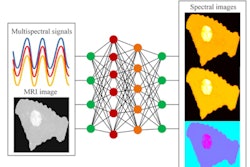
Women at higher risk for breast cancer who are recommended for supplemental MRI screening may not be getting it, according to a research poster presented at the recent RSNA 2021 meeting.
The lack of follow through with supplemental breast MRI seems particularly high among racial and ethnic minorities and those in lower income brackets, Dr. Dayna Levin of the University of Pennsylvania in Philadelphia said in her presentation.
"In high-risk patients, combined mammography and MRI screening leads to higher cancer detection and better overall survival," she said. "[Our findings] highlight the need to increase rates of supplemental breast MRI screening to address underlying racial and economic disparities that exist in our high-risk population."
Finding breast cancer early improves outcomes for women, and breast MRI finds more cancer in high-risk women than mammography or ultrasound, Levin and colleagues noted; the American College of Radiology (ACR) recommends that women at higher risk for the disease undergo annual breast MRI. But it's unclear whether this population is actually getting this additional care.
"National compliance levels [with supplemental breast MRI are] not well known, however, small studies suggest wide underutilization," Levin said. "MRI screening rates represent a healthcare disparity and are significantly lower in minority and low-income populations."
Levin and colleagues conducted a study that included data taken from electronic health records at three breast imaging centers that identified 2,431 women with elevated Gail risk scores (more than 20%) who presented for either screening or diagnostic mammography and underwent a breast MRI within the following two-year period. The team analyzed the patient data for socioeconomic and demographic factors such as income, race, and age.
The group found that less than 20% of these high-risk patients received supplemental breast MRI screening. It also found the following:
- Asian women were 88% less likely to get a supplemental breast MRI than white women.
- Black women were 70% less likely to get a supplemental breast MRI than white women.
- Women with median incomes of more than $150,000 were 27% more likely to undergo screening breast MRI, while those with median incomes of less than $50,000 were 54% less likely.
- Women over 50 were 36% less likely to get supplemental screening breast MRI than those under 50.
What are the barriers to breast MRI screening? Time constraints with primary care providers and lack of familiarity with risk-assessment tools; patients' lack of insurance, or out-of-pocket costs; and anxiety about undergoing MRI, Levin noted.
She offered some suggestions as to how to mitigate these obstacles, including educating primary care physicians about identifying and counseling high-risk patients, using artificial intelligence and behavioral economics to identify high-risk patients, and political advocacy for breast MRI insurance coverage mandates.
"Innovative methods could be leveraged to improve supplemental screening rates in high-risk patients and address a significant healthcare disparity," Levin and colleagues suggested. "These include outreach to primary physicians and high-risk patients as well as creating integrated advisories within the electronic health record."





















